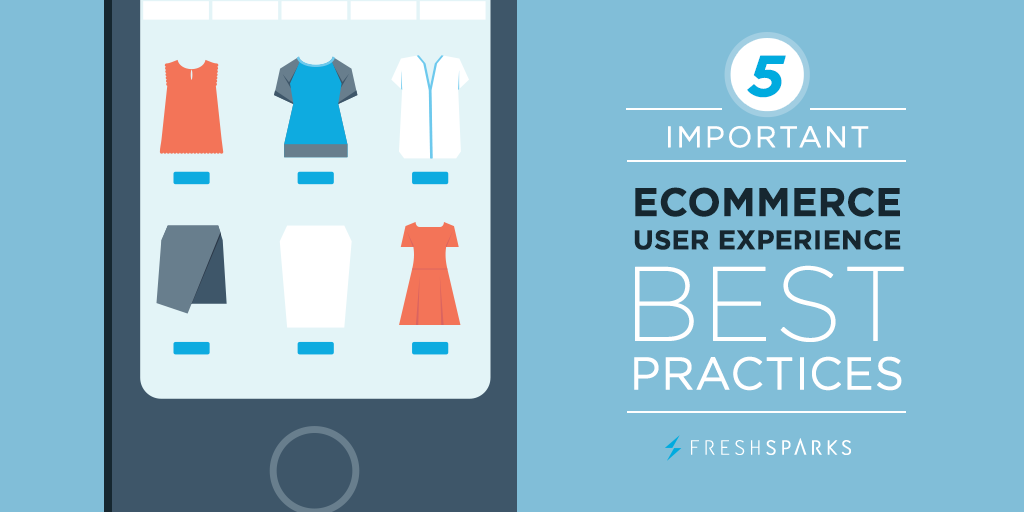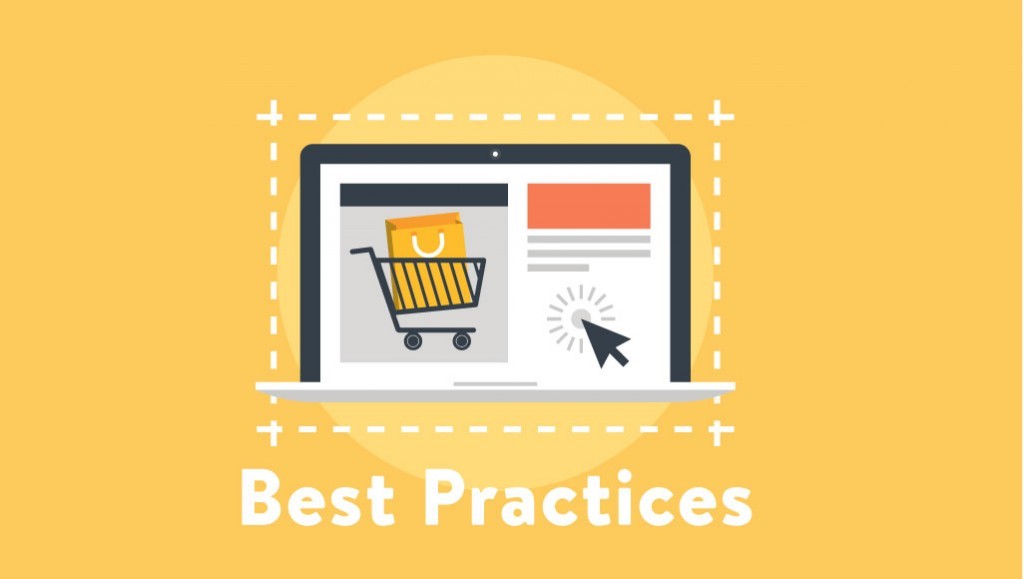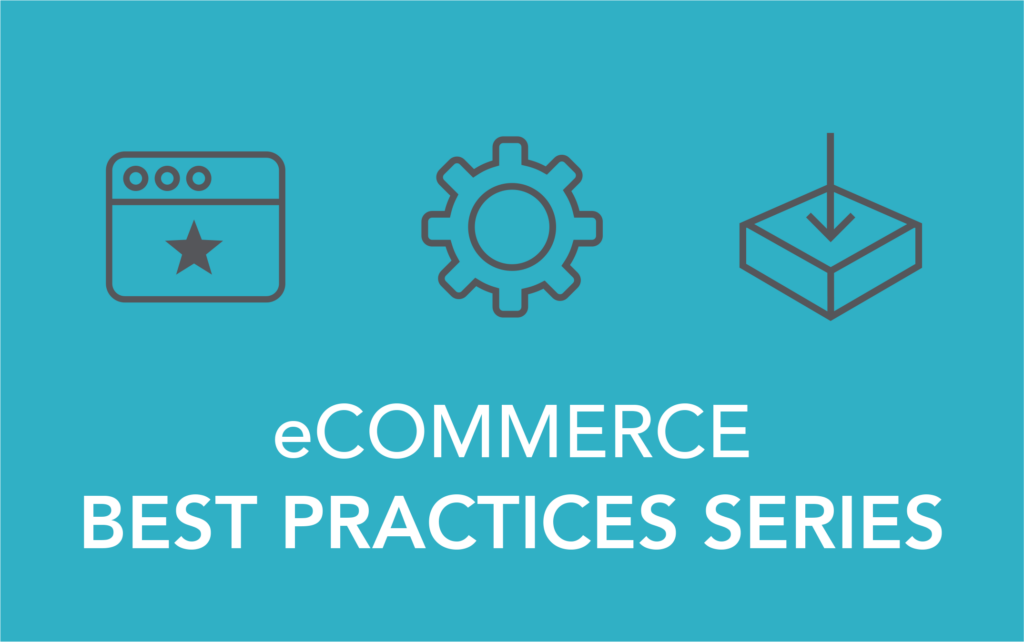
The mere presence of a blog on your E-commerce website really won’t do much good if you don’t have content that delivers value to your readers. The point of having a blog is to flex your authority within your industry and give users a reason to read(and want to read) your posts. AKA – Delivering value to them. The more your populate your blog with interesting and useful content, the more people are drawn to read it and give you their business. It’s about as simple as it sounds, and following a few easy rules and practices can get you started on the right foot.
While it’s alright to toot your own horn here and there, your blog should mainly focus on providing useful content that your audience and target customers will find both interesting and helpful, by producing content with utility your readers can use and apply your content in their own brands and will consider you a valuable resource. This brings them coming back. The root of the resourcefulness comes from what you can offer users before they even make a purchase. Try and regularly post tutorials, How-To articles, and other ideas relevant to your industry tmo establish a relationship with your viewers that is information-based.
Every single post that you make on your blog should be fresh and polished in terms of the writing clarity and your proofreading, however that doesn’t mean it has to consist of formal content. One great way to make your blog approachable for users is to post interactive content that is based on their participation. Content forms such as polls and quizzes are generally received well by site visitors and they usually participate and tend to appreciate the interactivity and feeling that their vote matters. You can squeeze a lot of SEO points from the attention. Buzzfeed does a great job of creating interactive content, and their casual approach to topics makes just about anyone feel welcomed and comfortable scrolling through their website. As well, interactive content is highly shareable and will perform well across your social media platforms.
Visuals can take the cake when it comes to the brain’s initial perceptions, and you have to keep that in mind when piecing together the content for your blog. So, basically, you should always use clear, high quality images that are directly related to what you’re posting and explaining or captioned in some way. Use visuals to enhance what is aleady there. Be deliberate and purposeful in how you utilize them. The last thing you want is a cluttered page of images lacking in flow and relevance.
Above all, your blog should showcase your expertise of your industry and business. Share your knowledge and insights as authority, and do it in a way that makes your users respect and trust what you have to say. Part of sharing your expertise can include sharing the relationships that you have made as an authority in your industry. Don’t be afraid tot feature other business owners and experts on your blog. It will boost your audiences view of you and add a new layer of quality to your blog.
The goal is to increase and encourage user participation, make sure everything you post is shareable. Having those social media icons in plain sight for your blog viewers will prompt your viewers to share the content they like most or find useful across their social media networks and build upon your following. It will also give your blog a complete, professional look that further emphasizes your authority and trust factors.




